Motorola Edge 30 it is so light it seems fake.
The first time we picked it up, taking it out of the box, we thought it was empty. A mockup. And instead it is one of the lightest smartphones on the market, one of those that is positioned abundantly under 200 grams.
But what else does it have to offer? We tell you about it in this one Motorola Edge 30 review.
The Motorola Edge 30 review
Motorola Edge 30 is the younger brother of Edge 30 Pro but what are the actual technical differences between the two models?
As always, we use a useful comparison table.
| Motorola Edge 30 | Motorola Edge 30 Pro | |
| Weight | 155g | 196g |
| Display | 6,5″ AMOLED – FullHD+ – 144Hz | 6,7″ AMOLED – FullHD+ – 144Hz |
| Processor | Qualcomm Snapdragon 778G+ | Qualcomm Snapdragon 8 Gen 1 |
| RAM | 8 GB | 12 GB |
| Memory | 128 GB (not expandable) | 256 GB (not expandable) |
| Connectivity | 5G, WiFi 6E, Bluetooth 5.2, NFC, USB-C | 5G, WiFi 6E, Bluetooth 5.2, NFC, USB-C |
| Battery | 4800 mAh | 4020 mAh |
| Rear camera | 50 MP + 50 MP + 2 MP | 50 MP + 50 MP + 2 MP |
| Front camera | 32 MP | 60 MP |
| Video | 8K @24 fps | 8K @24 fps |
| Software | Android 12 | Android 12 |
In short, on balance, the most obvious difference seems to be that relating to the processor. Will a Snapdragon 778+ G be enough?
Performance and autonomy
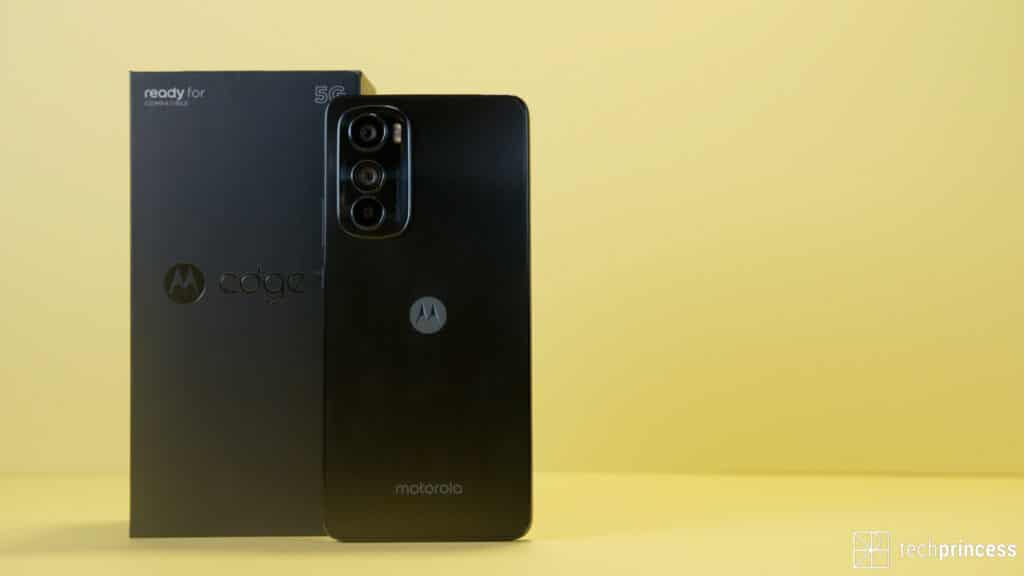
So let’s start with performance.
Do you miss the Snapdragon 8 Gen 1?
Of course the two processors do not offer the same performance but they do Snapdragon 778+ Gaccompanied by 8 GB of RAM and 128 GB of internal memory (not expandable), it allows you to do anything without difficulty. We have never had any problems, slowdowns and drama of any kind.
However, the merit is not only of the hardware.
Motorola Edge 30 arriva con Android 12 in versione stock. However, there are two noteworthy “small” additions. The first is the Moto app, which guides you in customizing the interface, activating gestures, discovering the tools and game settings … And this just to mention some features considering that in reality the application has a lot of useful options, all concentrated in one place. The second addition is Ready For, which allows you to connect the smartphone to a PC or an external monitor so as to view the contents on a larger display. The software also allows you to use your smartphone as a webcam, connect to the Internet on a PC using phone data, and transfer files from one device to another. A nice convenience, especially if you work on it with your smartphone.
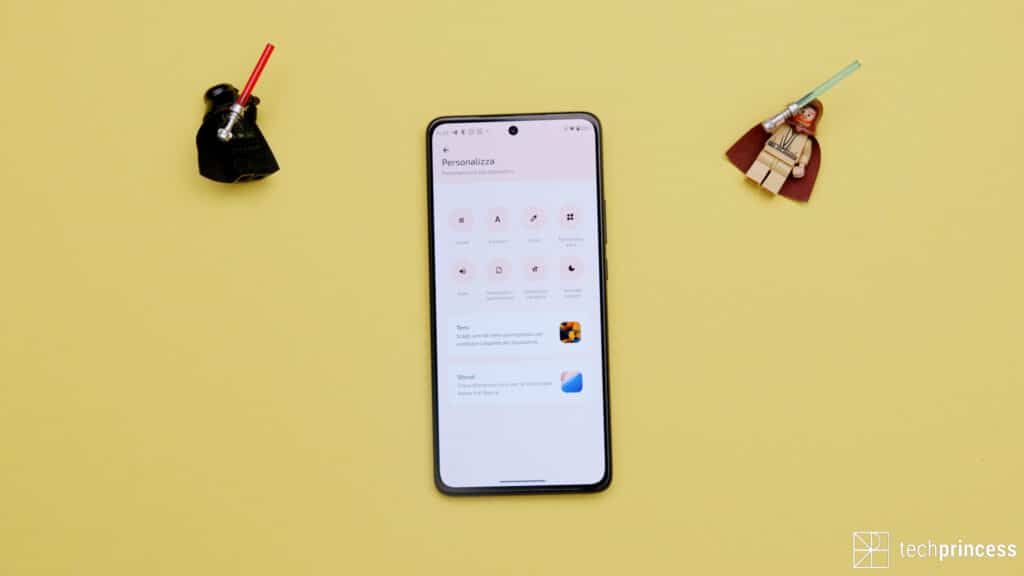
Connectivity is also promoted, with 5G, Wifi 6E, Bluetooth 5.2 and NFC, as well as compatibility with the main geolocation systems.
We then the fingerprint reader under the display, which behaves really wellit’s a 4,020 mAh battery. There are not many, it is true, but some sacrifices had to be made to obtain this weight and this thickness. Don’t be alarmed though: Motorola has worked a lot on software optimizations, then the smartphone takes you without too many problems until the evening.
Once discharged, you can count on charging at 33W.
Design
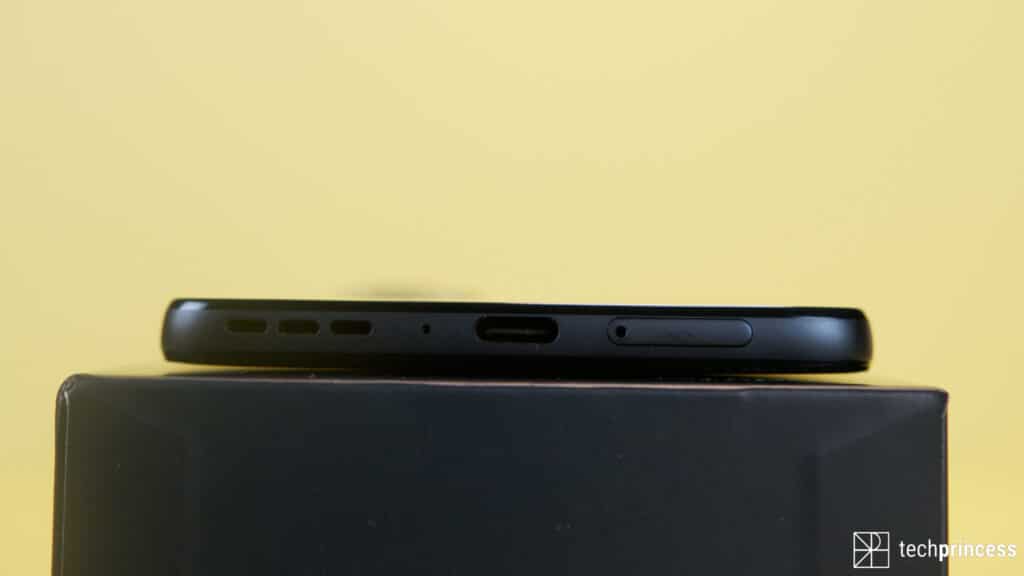
Motorola Edge 30, with its 155 grams, is one of the lightest smartphones of the moment. And also one of the thinnest considering that the thickness is 6.8mm.
The design is modern and refinedflanked by three interesting colors: Meteor Gray (like ours), Aurora Green and Supermoon Silver.
In all three cases the back cover is in polycarbonate and yes, it retains some fingerprints but the build quality is excellent and the product is solid and resistant, both to bumps and scratches and to splashes.
Then we have the camera module that protrudes with a double step since in addition to the heavy load of the module we have the three sensors raised individually. This causes the smartphone to dance a little when placed on a flat surface. In the package, however, you will find a transparent cover that allows you to solve this problem right away.
Motorola Edge 30 review: the 144 Hz display
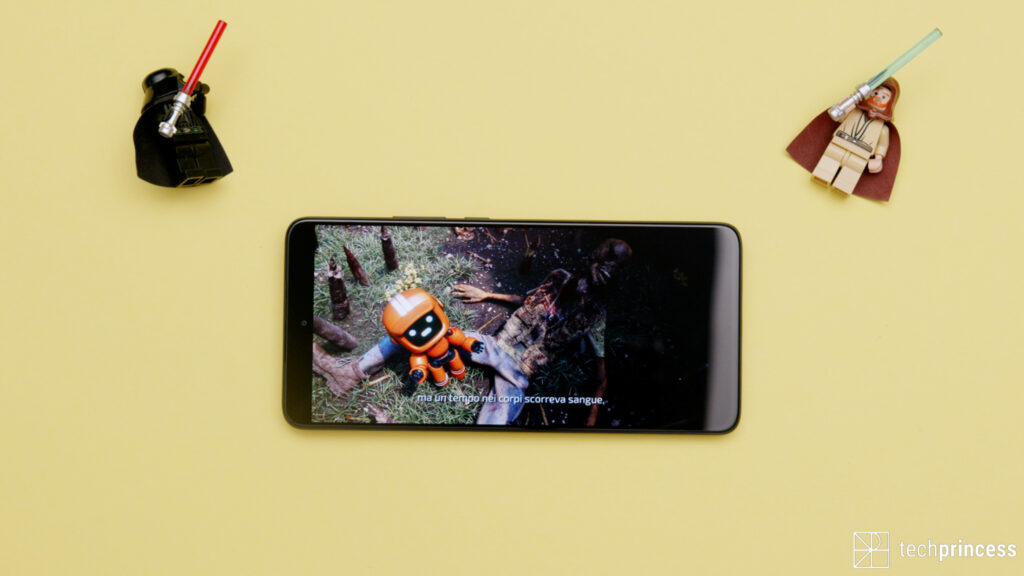
On the front we find the 6.5-inch display with FullHD + resolution. It is an AMOLED, supports HDR10 + and has a 144 Hz refresh rate.
Through the appropriate menu you can choose whether to have the refresh rate fixed at 144 Hz, at 60 Hz or whether to select the option “Automatic”, with the system that decides which is the best refresh rate based on the use you are making of the smartphone.
The yield of the panel is very good, with vivid colors, deep blacks and a good maximum brightness. You can also decide the mode and the color temperature, so as to adapt the yield to your needs or your personal taste.
On the other hand, the always-on display is missing, but never mind: it’s on board Moto Display, so the screen wakes up when you touch it, when you receive a new notification or when you lift your smartphone. There is also the possibility to press and hold the icon associated with the single notification to preview it without unlocking the phone.
Camera
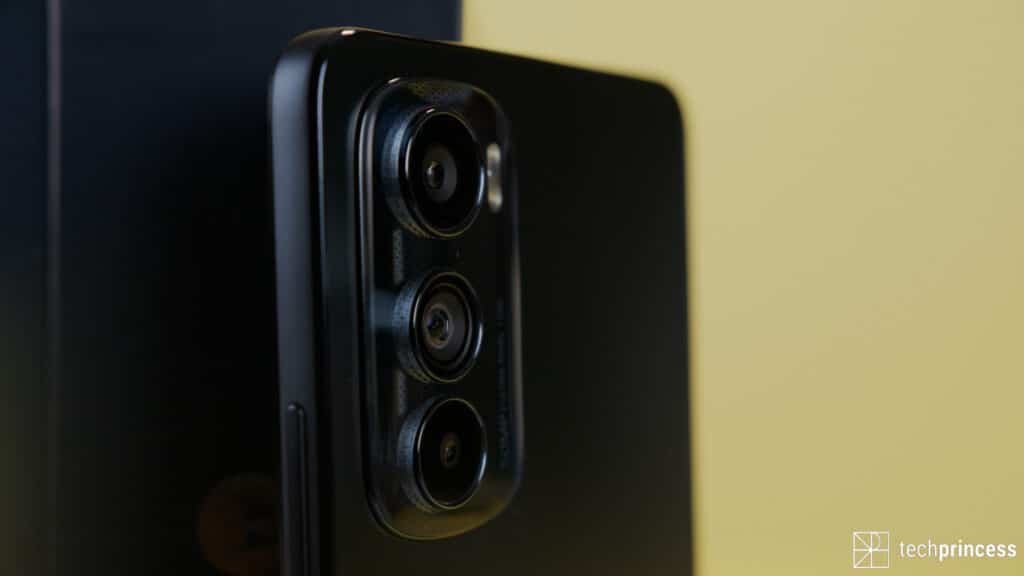
As anticipated, the rear camera sensors are 3: that main 50 megapixel camera, with optical stabilization, the ultra wide-angle one from 50 megapixels and finally a sensor for the 2 megapixel depth.
Overall, both the main sensor and the ultra-wide angle perform very well. We have vivid and quite natural colors, they hold lights and shadows well and take you home a good deal of detail. The only thing is that the artificial intelligence, when it is active, intervenes to reduce the noise and to make the shot water a little. It is not something you notice when you look at the photo in its entirety. Indeed, the yield is excellent. But if you zoom in a lot you will notice this effect.
With the wide angle then you lose something in terms of detail. Not in general. It performs well when the subject is close but struggles a little over distance.
The front camera isn’t bad either. But pay attention to the beauty effect. Or rather, if you want to take 10 years off you can leave it and you will look young and beautiful. If you want a more natural effect, however, I recommend that you remove it.
On the video front there is something that did not convince me in terms of resolution. That is, the FullHD does not look like a FullHD but something less. I much preferred the 4K clips.
The stabilization is not bad at all and the color rendering is good.
Motorola Edge 30 review: conclusions
Motorola Edge 30 is currently on sale at 549 €.
Why do we emphasize “at the moment?” Because until May 31st it was on an introductory offer at 399 euros and, at that price, it was really a super deal. Now the competition could suffer a little, considering that the mid-range is populated by valid products, with similar characteristics, which require a cost of around 400 euros. That said, it still remains a great product that lacks practically nothingif not maybe a little bit in terms of memory.
PRO
- Thin and light
- 144 Hz screen
- Fluid and complete software
- Excellent performance
- Good camera
VERSUS
- Non-expandable memory
- Unconvincing FullHD video






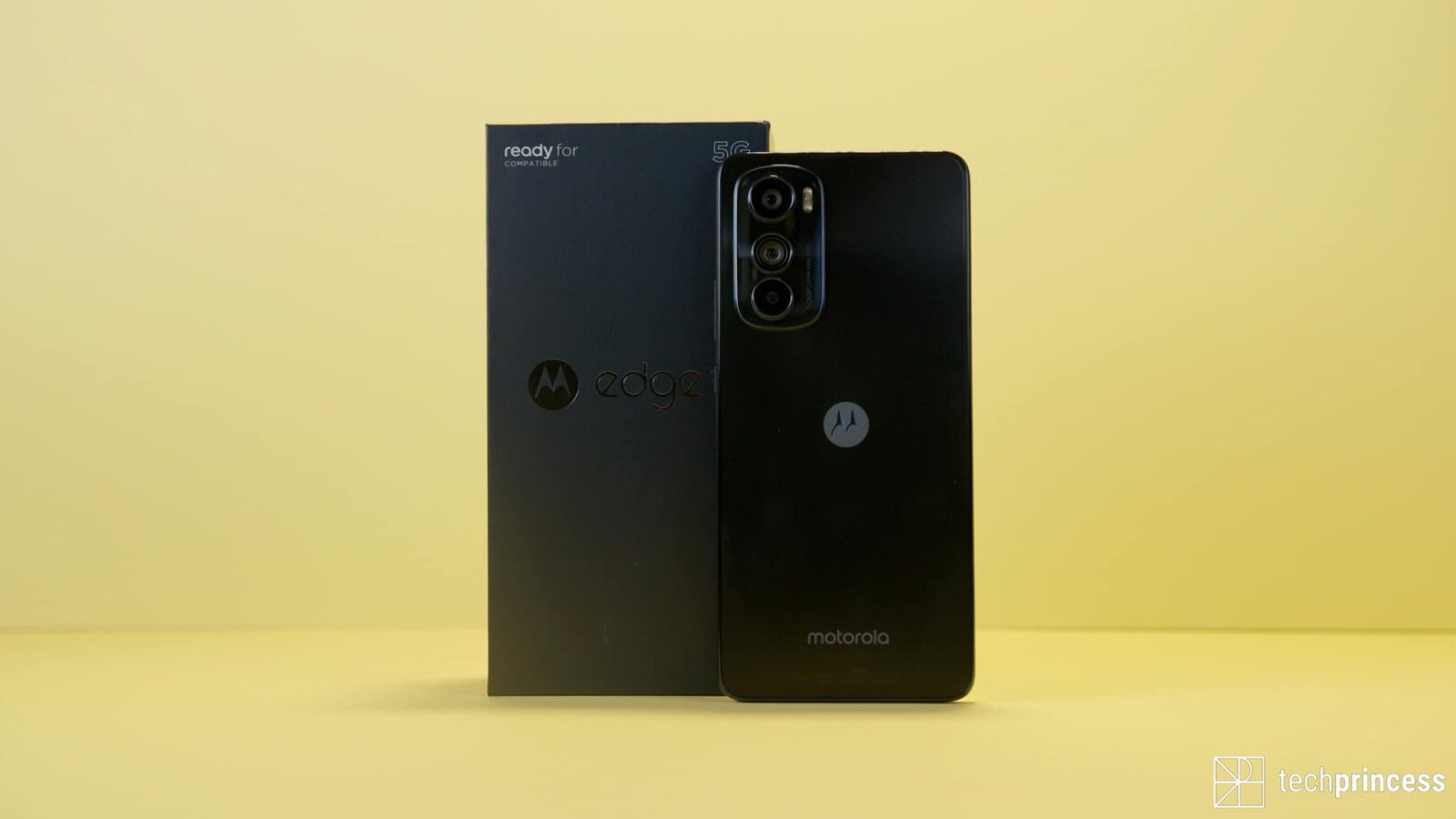








Leave a Reply
View Comments